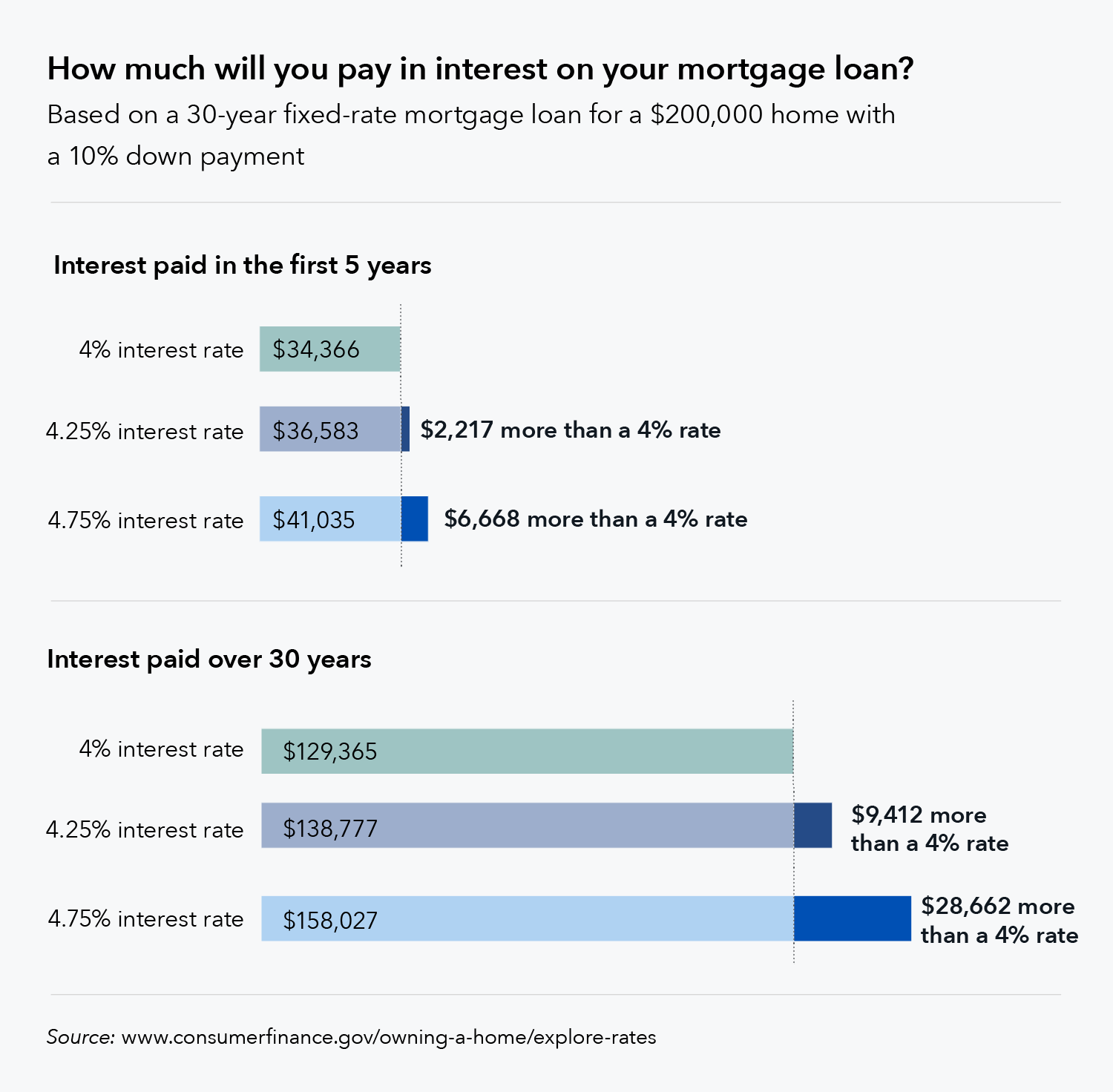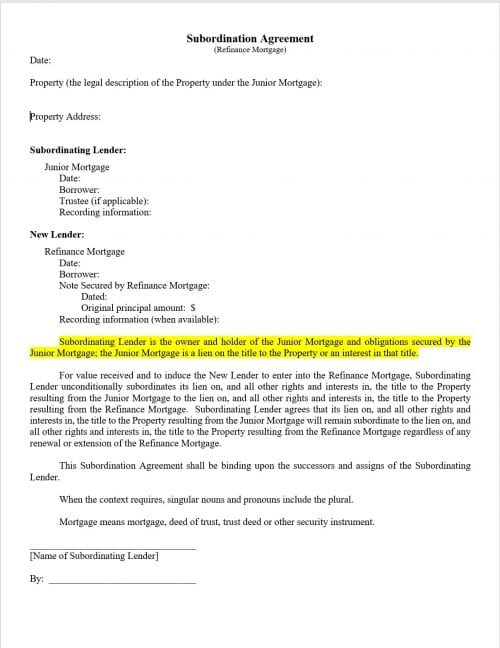But the scars of the crisis are still noticeable in the American real estate market, which has undergone a pendulum swing in the last years. In the run-up to the crisis, a housing surplus triggered mortgage lenders to release loans to anyone who could fog a mirror just to fill the excess inventory.
It is so rigorous, in truth, that some in the property market believe it's adding to a real estate scarcity that has pushed home rates in many markets well above their pre-crisis peaks, turning younger millennials, who matured during the crisis, into a generation of renters. "We're truly in a hangover phase," stated Jonathan Miller, CEO of Miller Samuel, a property appraisal and consulting firm.
[The marketplace] is still misshaped, which's since of credit conditions (how to rate shop for mortgages)." When lenders and banks extend a home mortgage to a house owner, they typically do not make money by holding that home loan over time and gathering interest on the loan. After the savings-and-loan crisis of the late 1980s, the originate-and-hold design turned into the originate-and-distribute design, where lenders release a mortgage and offer it to a bank or to the government-sponsored business Fannie Mae, Freddie Mac, and Ginnie Mae.
Fannie, Freddie, Ginnie, and financial investment banks buy countless home loans and bundle them together to form bonds called mortgage-backed securities (MBSs). They offer these bonds to investorshedge funds, pension funds, insurer, banks, or merely wealthy individualsand use the profits from offering bonds to buy more home loans. A homeowner's regular monthly home loan payment then goes to the shareholder.
A Biased View of Click for more info How Many Lendors To Seek Mortgages From
However in the mid-2000s, providing requirements deteriorated, the housing market became a substantial bubble, and the subsequent burst in 2008 impacted any monetary organization that bought or provided mortgage-backed securities. That burst had no single cause, but it's most convenient to start with the houses themselves. Historically, the home-building industry was fragmented, comprised of little structure business producing houses in volumes that matched local need.

These companies developed houses so quickly they outmatched need. The outcome was an oversupply of single-family homes for sale. Mortgage lending institutions, that make cash by charging origination fees and thus had a reward to compose as many home loans as possible, reacted to the excess by attempting to put purchasers into those houses.
Subprime home mortgages, or mortgages to individuals with low credit rating, blew up in the run-up to the crisis. Deposit requirements slowly diminished to absolutely nothing. Lenders began disregarding to income verification. Quickly, there was a flood of dangerous types of home loans developed to get individuals into homes who couldn't usually pay for to buy them.
It gave customers a below-market "teaser" rate for the first two years. After two years, the rate of interest "reset" to a higher rate, which frequently made the month-to-month payments unaffordable. The idea was to re-finance before the rate reset, however numerous property owners never ever got the opportunity before the crisis began and credit ended up being unavailable.
After My Second Mortgages 6 Month Grace Period Then What Fundamentals Explained
One study concluded that genuine estate financiers with great credit rating had more of an impact on the crash since they wanted to quit their financial investment homes when the market started to crash. They really had greater delinquency and foreclosure rates than debtors with lower credit history. Other data, from the Mortgage Bankers Association, examined delinquency and foreclosure starts by loan type and discovered that the greatest jumps without a doubt were on subprime mortgagesalthough delinquency rates and foreclosure starts rose for every type of loan during the crisis (what is the best rate for mortgages).
It peaked later on, in 2010, at almost 30 percent. Cash-out refinances, where property owners re-finance their home mortgages to access the equity constructed up in their homes in time, left house owners little margin for error. When the marketplace began to drop, those who had actually taken cash out of their homes with timeshare promotion orlando a refinancing all of a sudden owed more on their houses than they were worth.
When property owners stop paying on their mortgage, the payments likewise stop flowing into the mortgage-backed securities. The securities are valued according to the anticipated home mortgage payments being available in, so when defaults started stacking up, the value of the securities plunged. By early 2007, people who operated in MBSs and their derivativescollections of financial obligation, consisting of mortgage-backed securities, charge card debt, and automobile loans, bundled together to form new types of investment bondsknew a calamity was about to take place.
Panic swept across the financial system. Financial institutions were scared to make loans to other organizations for worry they 'd go under and not be able to repay the loans. Like property owners who took cash-out refis, some business had obtained heavily to buy MBSs and might quickly implode if the marketplace dropped, especially if they were exposed to subprime.
Our How Many Va Mortgages Can You Have Statements
The Bush administration felt it had no option however to take over the business in September to keep them from going under, however this just triggered more hysteria in monetary markets. As the world waited to see which bank would be next, suspicion fell on the financial investment bank Lehman Brothers.
On September 15, 2008, the bank applied for insolvency. The next day, the federal government bailed out insurance coverage giant AIG, which in the run-up to the collapse had actually issued incredible quantities of credit-default swaps (CDSs), a type of insurance on MBSs. With MBSs suddenly worth a fraction of their previous worth, bondholders desired to collect on their CDSs from AIG, which sent the company under.

Deregulation of the financial market tends to be followed by a financial crisis of some kind, whether it be the crash of 1929, the savings and loan crisis of the late 1980s, or the housing bust ten years back. But though anger at Wall Street was at an all-time high following the occasions of 2008, the monetary market got away relatively untouched.
Lenders still offer their home loans selling timeshare to Fannie Mae and Freddie Mac, which still bundle the home mortgages into bonds and sell them to investors. And the bonds are still spread out throughout the monetary system, which would be vulnerable to another American real estate collapse. While this not surprisingly generates alarm in the news media, there's one crucial difference in real estate financing today that makes a monetary crisis of the type and scale of 2008 not likely: the riskiest mortgagesthe ones with no deposit, unverified income, and teaser rates that reset after 2 yearsare merely not being written at anywhere near to the very same volume.
How How Common Are Principal Only Additional Payments Mortgages can Save You Time, Stress, and Money.
The "qualified mortgage" provision of the 2010 Dodd-Frank reform expense, which went into result in January 2014, provides loan providers legal security if their mortgages satisfy specific security arrangements. Qualified home loans can't be the type of dangerous loans that were provided en masse prior to the crisis, and borrowers need to fulfill a specific debt-to-income ratio.
At the very same time, banks aren't issuing MBSs at anywhere close to the very same volume as they did prior to the crisis, because investor need for private-label MBSs has actually dried up. what is the interest rate today on mortgages. In 2006, at the height of the housing bubble, banks and other private institutionsmeaning not Freddie Mac, Fannie Mae, or Ginnie Maeissued more than 50 percent of MBSs, compared to around 20 percent for much of the 1990s.